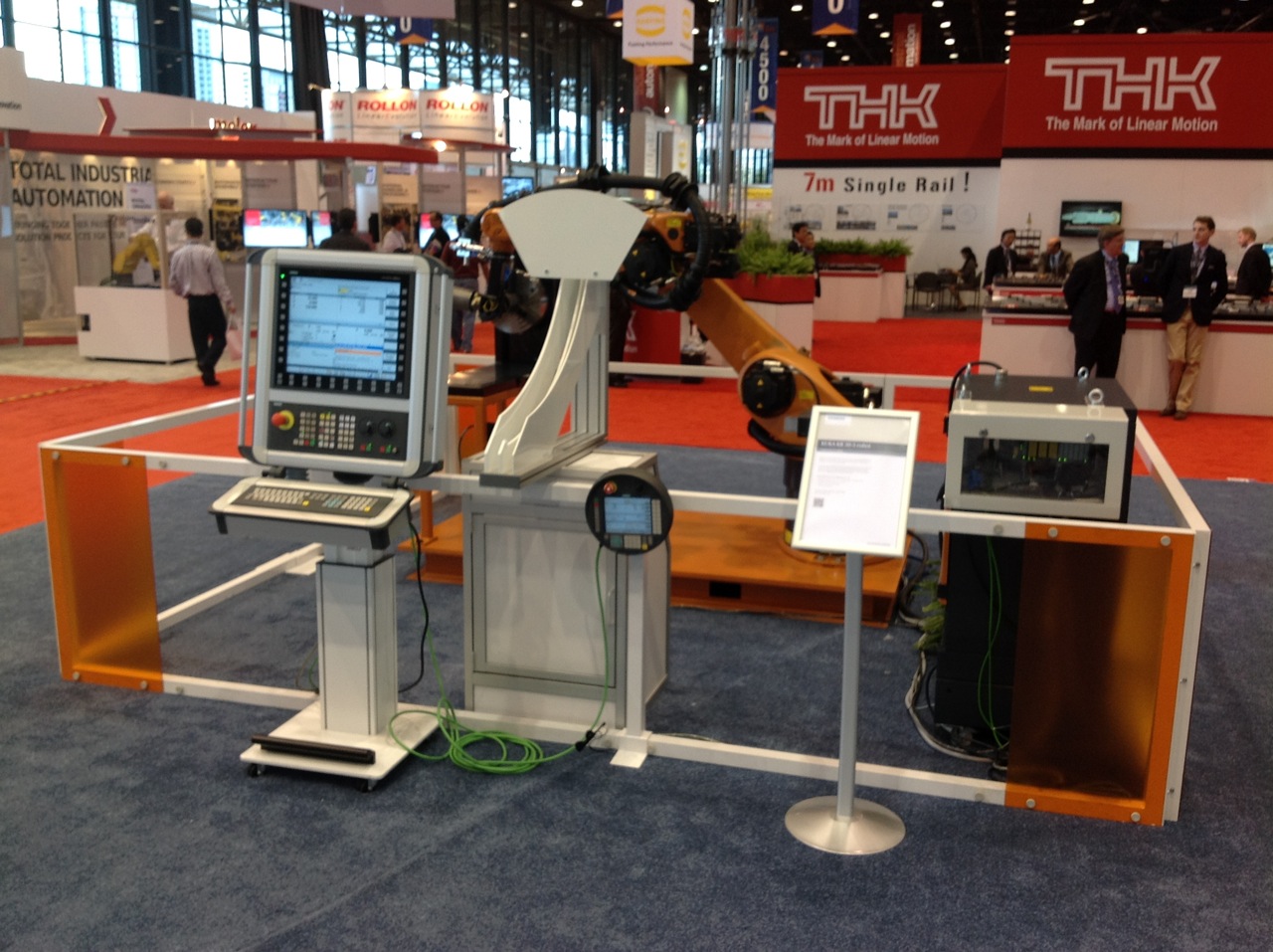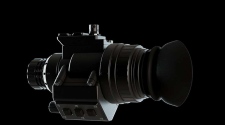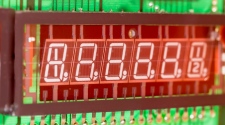Many manufacturing and distribution facilities embracing all needs of robotic machines that perform vital functions. PLC Hardware provides high quality logistic controllers, which help overall logistics fields. The Original Equipment Manufacturers, OEM, robot controllers have an integrated control system that makes control easier. Here is a comparison between OEM robot controllers and the PLC-based methods.
- User friendliness
PLC-based systems have programming controls that are easier to understand, this system also has backup and restore ability. These systems have some special features like infeed and release conveyors, transfer cars, pallet dispensers etc. All components of this system are controlled through PLC. This means that robotic controller must interface with the system controller.
- Versatile Communication Protocols and I/O
For communication protocols you can use robotic controls that are available in PLC system. In most cases, many exclusive OEM controller Input/Output communications are used for linking PLC with robotic controls. For that, there is limited communication required and I/O on the robot is only interface that will be needed. The PLC-based systems will accommodate more communication protocols and I/O hardware, compared to the OEM controller.
- Less Maintenance Needed
There will be a common interface, whereby, there is only one HMI in the entire system. Such systems like data monitoring, fault recording, alarm system or any other function on the HMI will be interfaced with the robotic control. All modified operations and unique faults can be altered or added instantly to the robot controller. With HMI interface it is possible to work on more agile structure and focus on specific applications.
- Easier Mix and Match of Robots
OEM controllers have unique training requirement and language, which make it quite rigid for all companies. This means that there will be a strict code when you are in need of a robot model to carry out specific functions. Conversely, PLC-based systems are more flexible and they allow user to choose any type of robot, because there controller can be used as default in all brands.
- Specified Controls
PLC controls are not designed for one type of application, which means that they can become challenging in some conditions. For instance, the robot-based industries and automotive sector cannot convert from the OEM controllers, because they have many installation and application prerequisites.
You should be keen when you choose a controller that you will use in your company. The things you might want to consider include the availability of that controller, the cost and its functionality. If an organization is already using a PLC-based system than it will cost them less if they want to install new and updated PLC based system. You must ensure to choose a reputable and reliable robotic Integrator, which will help to link up two systems. Above all, will ensure that you will visit a reliable store, where you will get right system and its accessories. http://www.plchardware.com.au/ has wide selection of logistic controllers that offer reliable service and delivery.
















